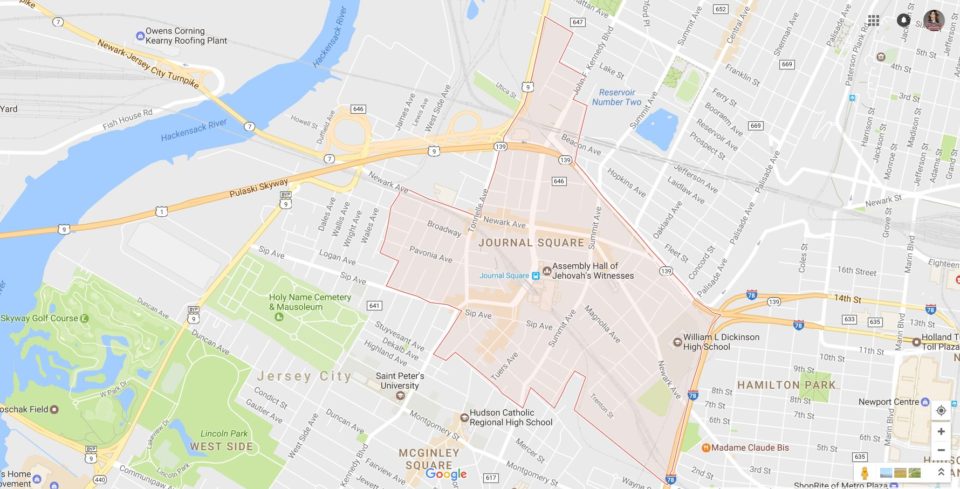 Where is Journal Square?
Where is Journal Square?
Journal Square sits north of West Side and McGinley Square, west of Hamilton Park, and south of the Heights. I spoke with Andrea Lew, Founder of the Bergen Square Historical Society, and James Dievler, member of The New JSQ Community Association Board of Trustees, and the chairperson of its History Committee about the neighborhood. Andrea said that “Journal Square really goes back as far as the reservoir… even though the locals say it’s the Heights.”
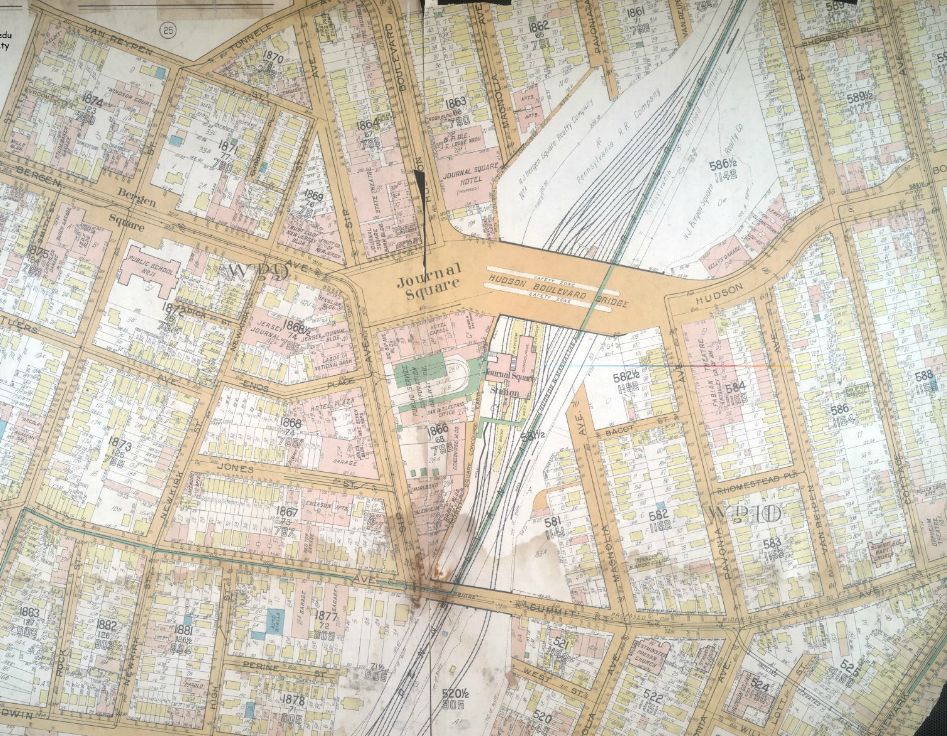
The water used to be much closer to the heart of Journal Square than it is today. “The water’s edge used to be at the corner of Academy and Cornelison streets,” said Andrea. “From there you could see the islands of Communipaw and Pavonia.” It was the input of the railroad that eventually cut off access to the water and required the space in-between to be filled with landfill (which is what most of downtown Jersey City is).
“If you can ever get to the basement of the Beacon,” (corner of Montgomery Street and Baldwin Avenue – refer to Let’s Explore: Bergen-Lafayette for its history) said Andrea, “there is a stream of water running underneath it,” revealing the original geography of the land.
A Brief History:
The heart of Journal Square – Bergen Square – overlaps a bit with what we know today as Bergen-Lafayette. But Bergen Square is where it all began. “Bergen Square is the connection between what was then and what is now,” said Andrea.
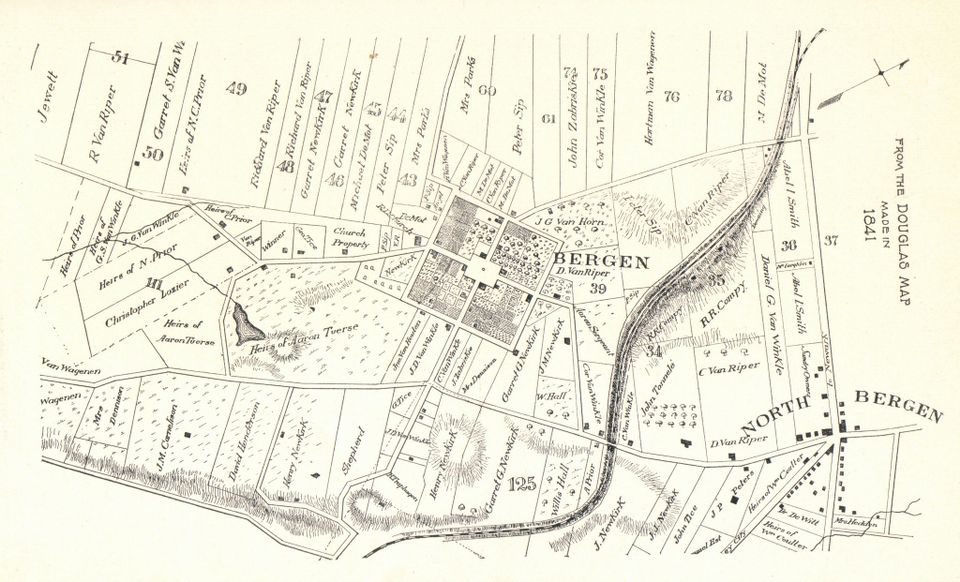
As we know, the Lenni Lenape Indians were here first. The Dutch moved in to Jersey City in the early 1600s and claimed Bergen Square, erecting a wall around its perimeter that insulated and protected their community.
Bergen Square was the earliest and first permanent settlement in the state of New Jersey as well as the first to establish a civic government in the new colony.
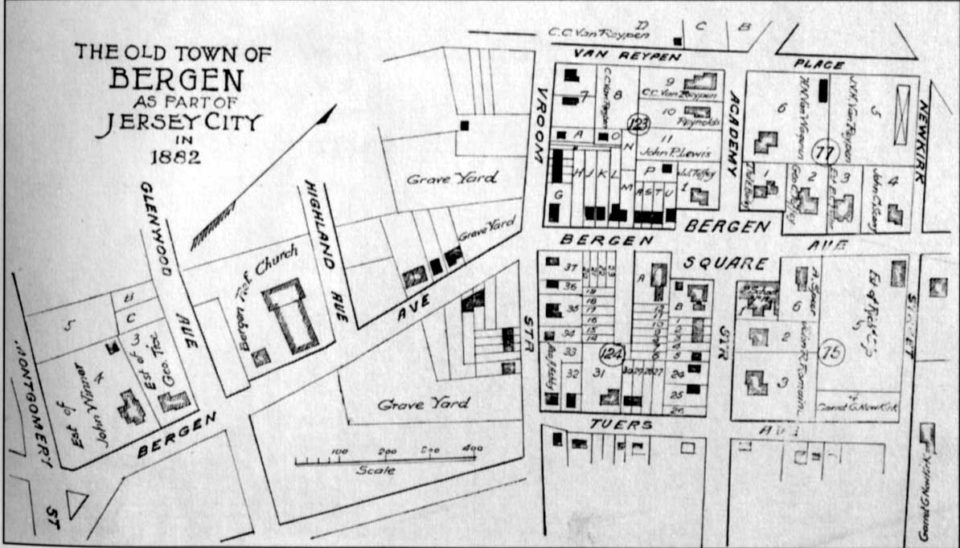
“Bergen Square is the birth of the modern town square,” explained Andrea. “It was a farm cultivated by Native American Indians and then purchased by Peter Stuyvesant to allow the Dutch to stay in the area after the horrible Dutch and Indian war.”
“The gentleman responsible for this establishment was Tilman Van Vleck,” said Andrea. “He was the epitome of Dutch ingenuity. The Dutch West Indian Company had ordered them to leave but he got permission to stay and settle under the condition that they erect a fort to protect them from future attacks.” This is what we now know as Bergen Square.
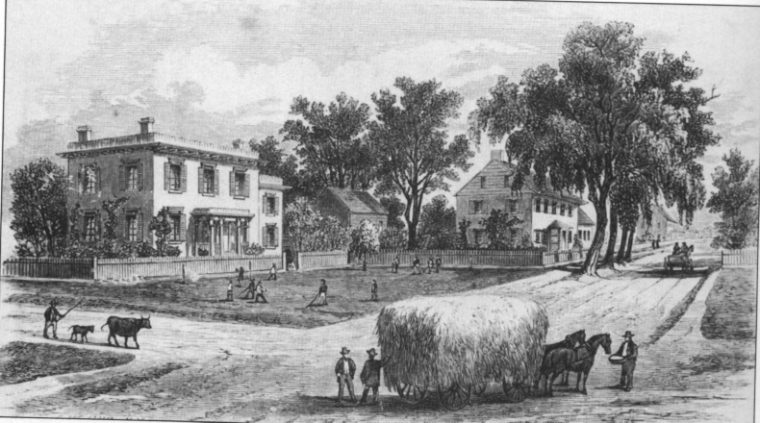
“Each person staying within the settlement had to establish a household within the fort,” explained Andrea. “The oldest surviving house is the Van Wagenen Homestead, otherwise known as the Apple Tree House.”
Within the Bergen Square walls, their community was preserved from the 1660s all the way to the 1920s. “They strictly spoke Dutch until the 1920s, and even their mode of transportation was horse and buggy,” said Andrea.
Mayor Hague tried to expand and bulldoze the area during his tenure but the Apple Tree House and Summit House were preserved. “Unfortunately, Hague’s strategy was a precursor to what Robert Moses would do in New York City in the 1950s,” explained James. “In terms of development, he destroyed so much of the old colonial past and so many original buildings were razed to make way for new construction.”
The Sip House, originally located at the southeast corner of Bergen Avenue and Newkirk Street, was built between 1664 and 1666 and was then purchased in 1699 by Jan Adriense Sip, whose family lived in the house until 1924. In 1926, it was deconstructed and carefully reconstructed in Westfield, New Jersey, where it stands today.
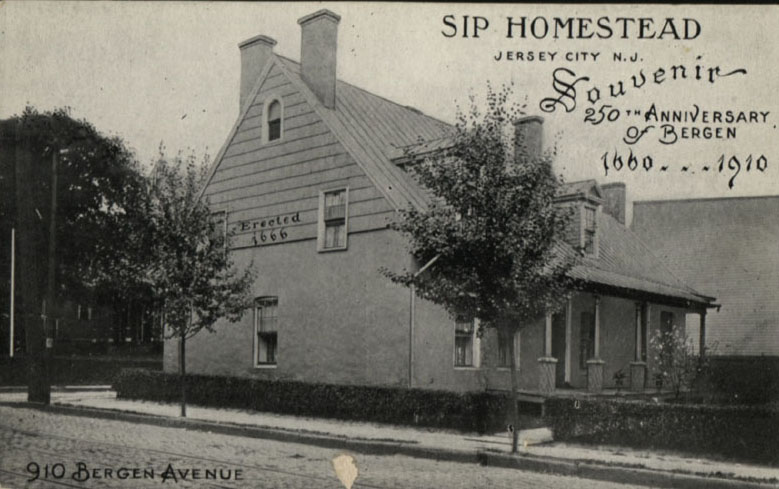
The Van Reypen House, which originally stood at the corner of Academy and Van Reypen streets, was unfortunately one homestead that succumbed to the city’s expansion in 1925. It was built in 1802 and is said to be the third house constructed within the Bergen Square walls. The first two structures were destroyed by fire, but bricks from the former building were said to be used in the 1802 reconstruction.
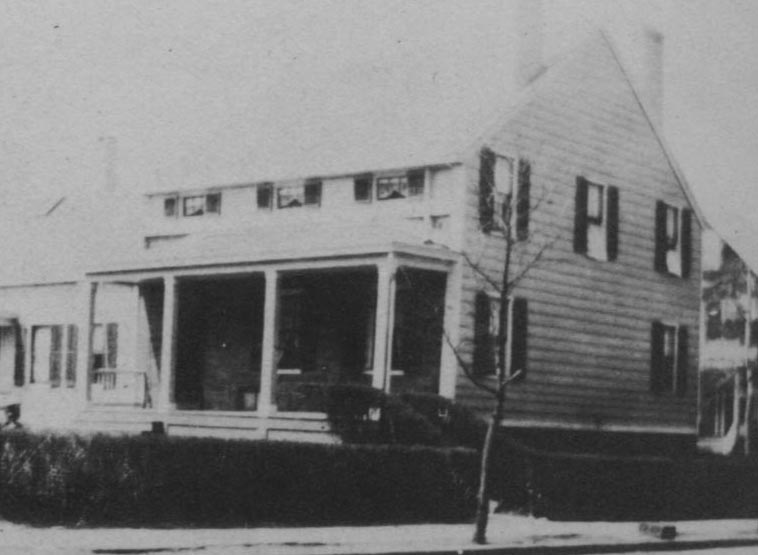

The Christian Home for Orphan Children was established around 1900 in response to the growing number of parentless, homeless, and hungry immigrant children as a result of extremely high mortality rates within the tenements of New York City and Jersey City. It was founded by the Free Norwegian Church, of which John Nelson and Magdalene Kruger Nelson belonged, and stood at the corner of Magnolia and Summit Avenues. The Nelsons were selected to run the orphanage, John as the Superintendent and Magdalene as the Matron, and they became strongly committed to the cause of helping children cope with their emotional trauma. Eventually, the orphanage outgrew their space on Magnolia Street and John fund-raised to purchase another property in Ulster County, New York in 1912 and another in Fort Lee, New Jersey in 1919. “Father and Mother Nelson” ran the orphanage for 25 years and raised over 600 boys and girls together.
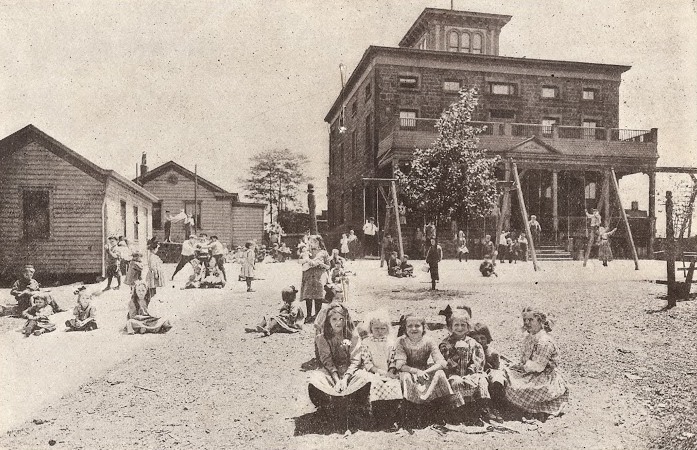
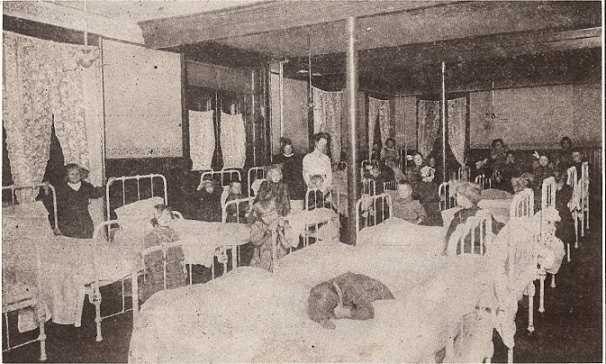
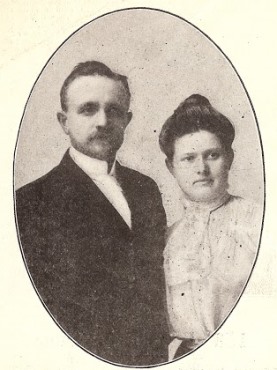
“The primary factors to Journal Square’s development were the railroad and immigration,” said James.
The Hudson Manhattan Railroad company opened “The Tubes,” as they were referred to at the time, in 1908. It was the first railroad tunnel that traveled under the Hudson River from Manhattan into what was called Summit Avenue Station (now Journal Square). “Once upon a time the Jersey Central, Pennsylvania, Erie, and Lackawanna Railroads all came through Journal Square,” said James. “Trains originated from New York City and the second stop was Journal Square where you could catch a train to Chicago or any place you needed. That made the area an extremely vital place.”
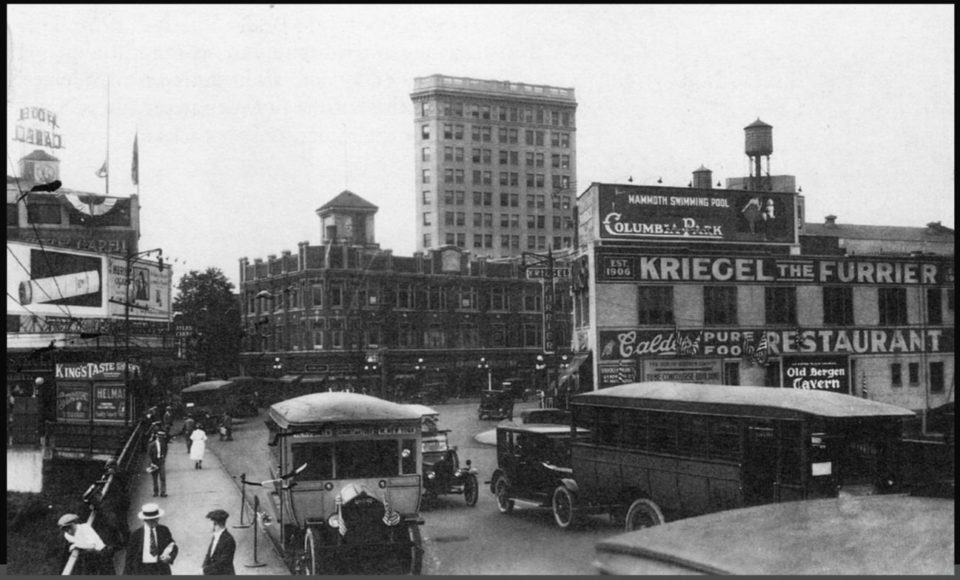
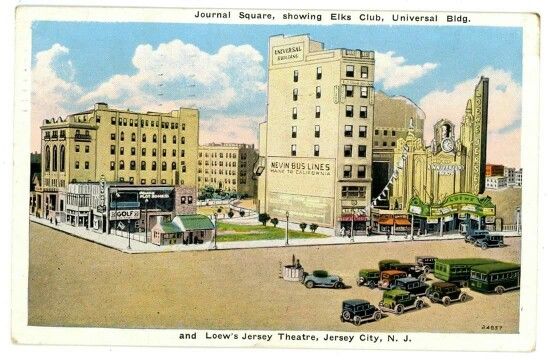
By the late 1920s, Journal Square was a business, transportation, and entertainment hub. The Jersey Journal (formerly The Evening Journal) had set up shop, given Journal Square its moniker and banks, restaurants and retail shops were competing for business.
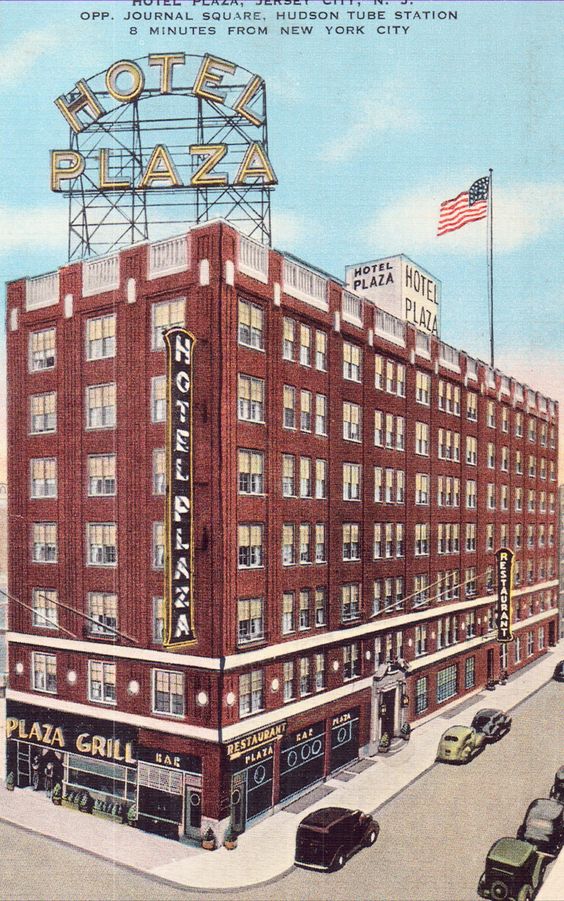
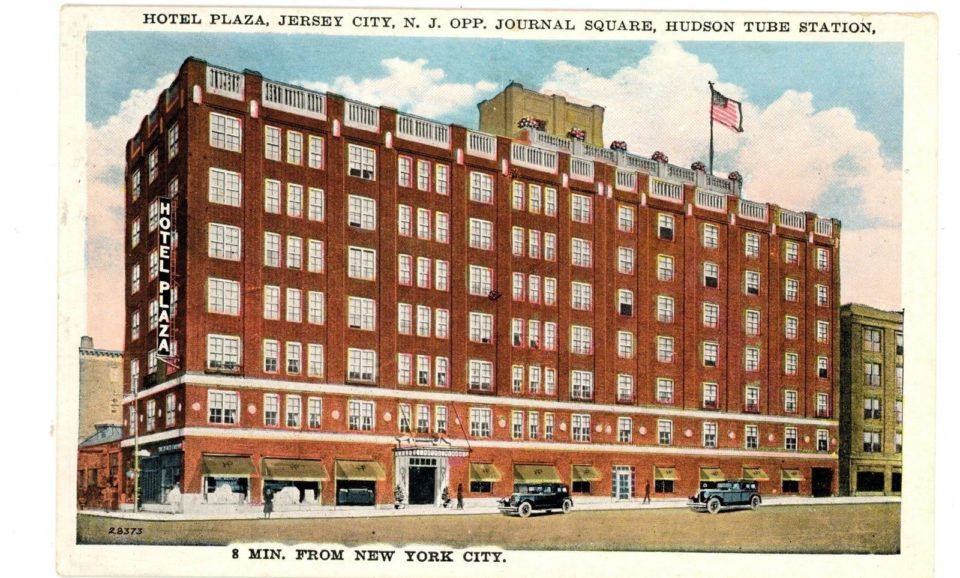
The State Theater; a 2,169-seat auditorium equipped with the world’s largest Moeller organ and Jersey City’s first movie palace, opened in 1922.
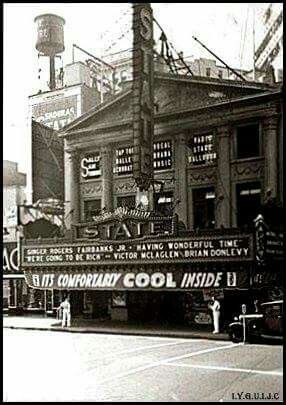
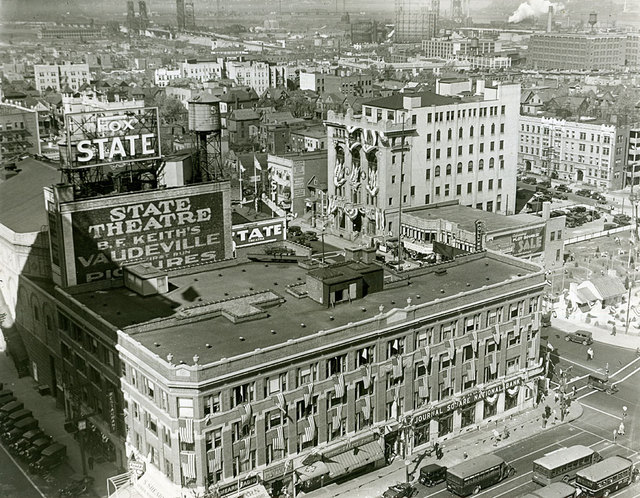
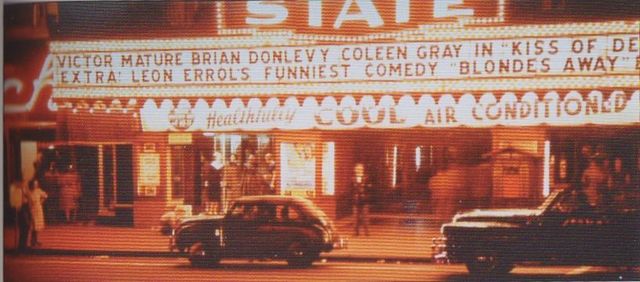
The Hudson Boulevard (later renamed John F Kennedy Boulevard) Bridge was installed in 1926, and the Stanley and Loew’s Theaters opened in 1928 and 1929 respectively. “The theaters, night clubs, and restaurants, especially during the war years since so many soldiers came through here, made this a truly bustling place,” said James. “It was the place to be.”
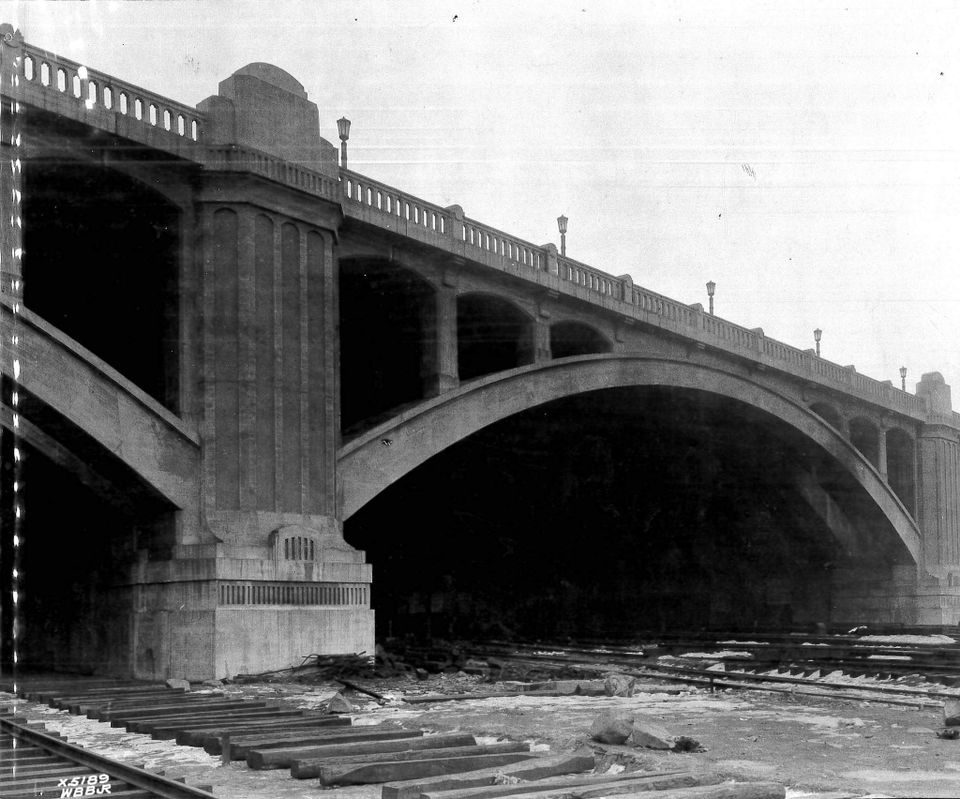

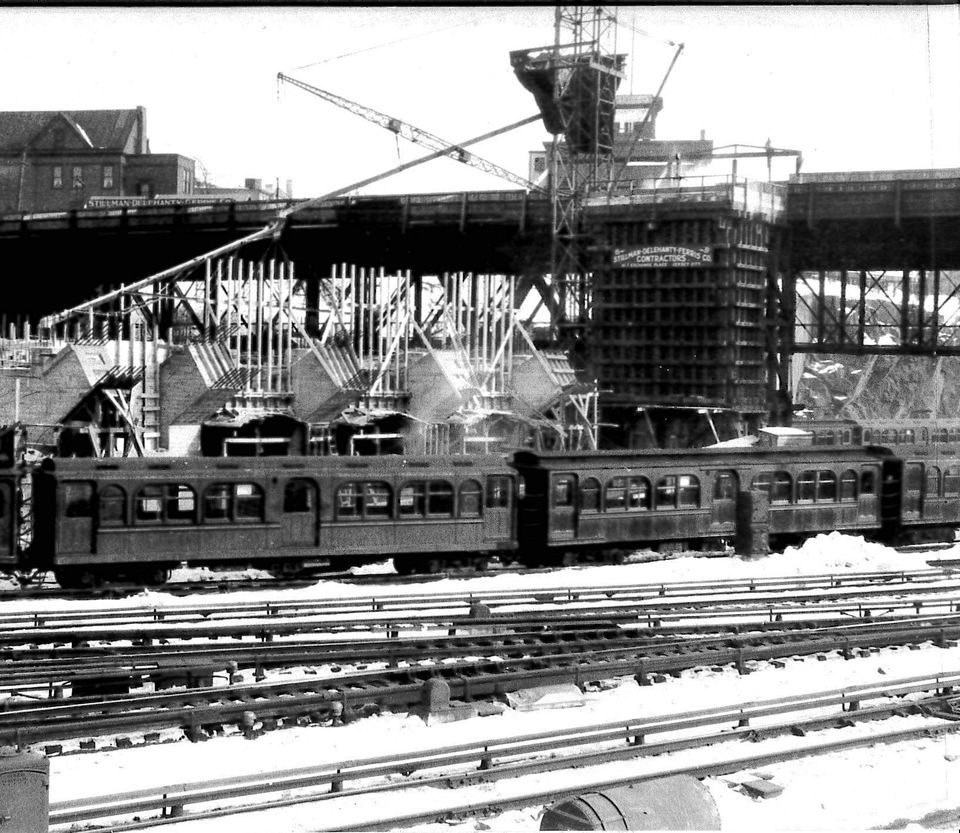
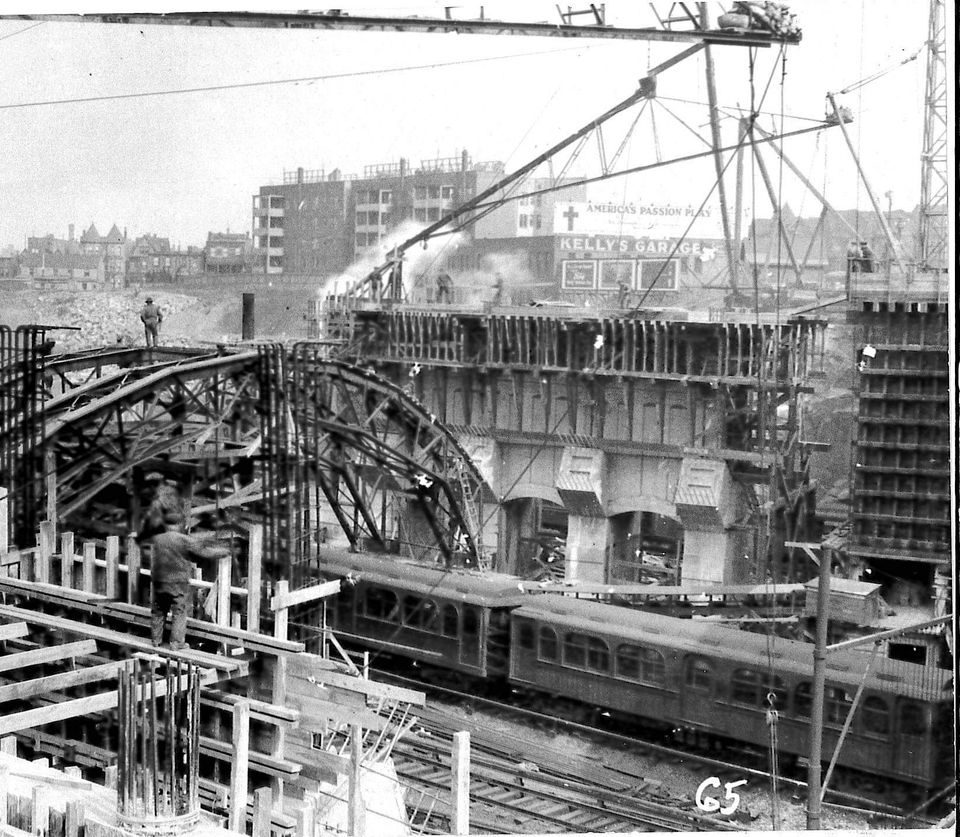
Then, the railroads collapsed in post-war years, business declined, crime increased and Journal Square became a transportation hub but lost its fashionable destination status.
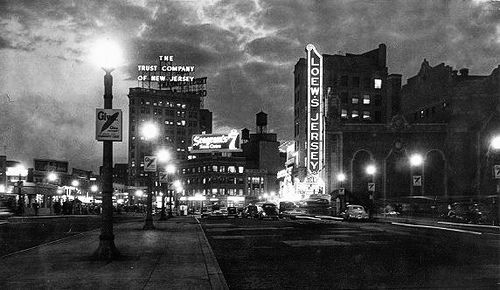
John F. Kennedy made Journal Square one of his last stops on the campaign trail in 1960 before becoming President. The Port Authority unveiled its plan for the Journal Square Transportation Center (the hub we know and use today) in 1968 and the Hudson County Community college main campus was established in 1974.
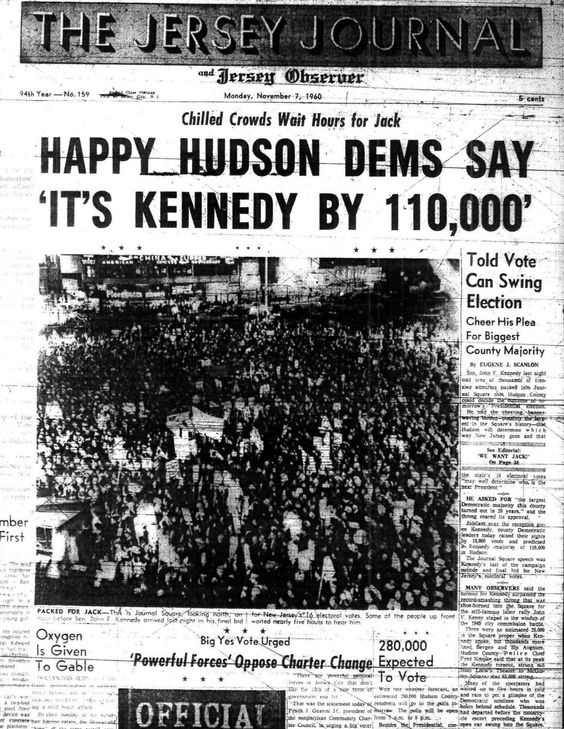
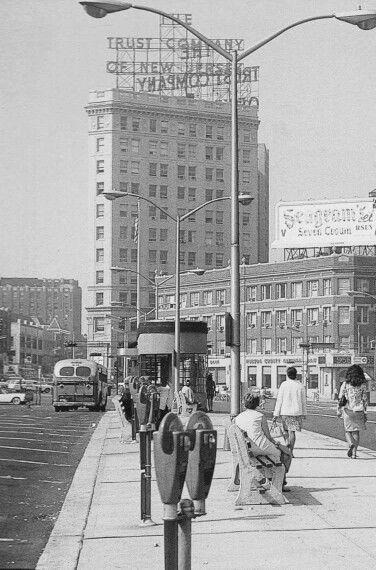
LANDMARKS:
The Landmark Loew’s Jersey Theater
54 Journal Square
Opened in 1929 as one of five “Loew’s Wonder Theaters” making their debut in the New York City area, the Jersey Theater’s first presentation was the film Madame X, set to live musical performance. Tickets sold for 35 cents. The building features a Baroque / Rococo style and is equipped with a Robert Morton “Wonder Morton” pipe organ.
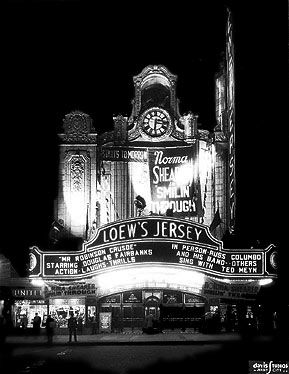
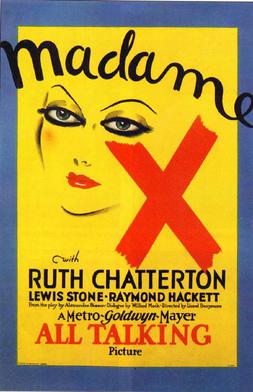
While the theater thrived during the early to mid 1900s, it slowed over time and the original 3,021 seat theater was subdivided into three smaller theaters in 1974 and their doors closed in 1986.
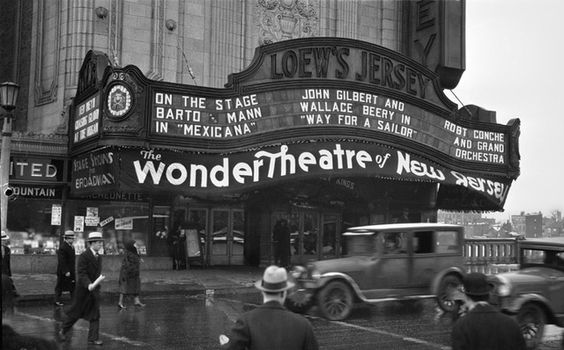
The property was purchased by developers who threatened to demolish and rebuild over the site, but preservationists campaigned to save it and the theater was purchased by the city of Jersey City in 1993 and has been operated by the Friends of Loew’s, a volunteer organization, ever since.
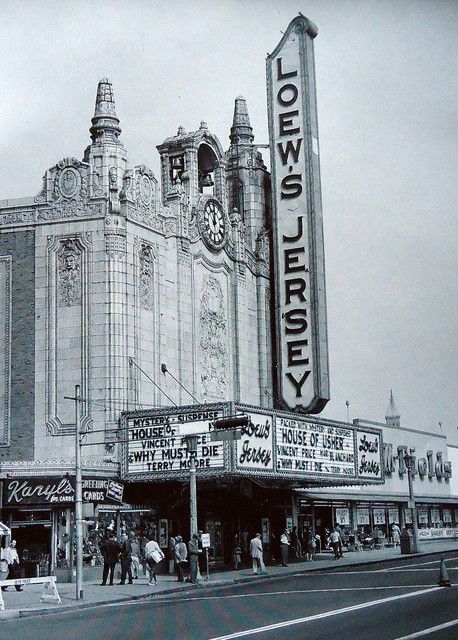
Stanley Theater
2932 John F. Kennedy Boulevard

The Stanley opened on March 24, 1928 with Mayor Frank Hague leading the inaugural ceremonies which included an orchestra set, a stage show called “Sky Blues,” a newsreel and showing of the film The Dove with lead actress Norma Talmadge in attendance.
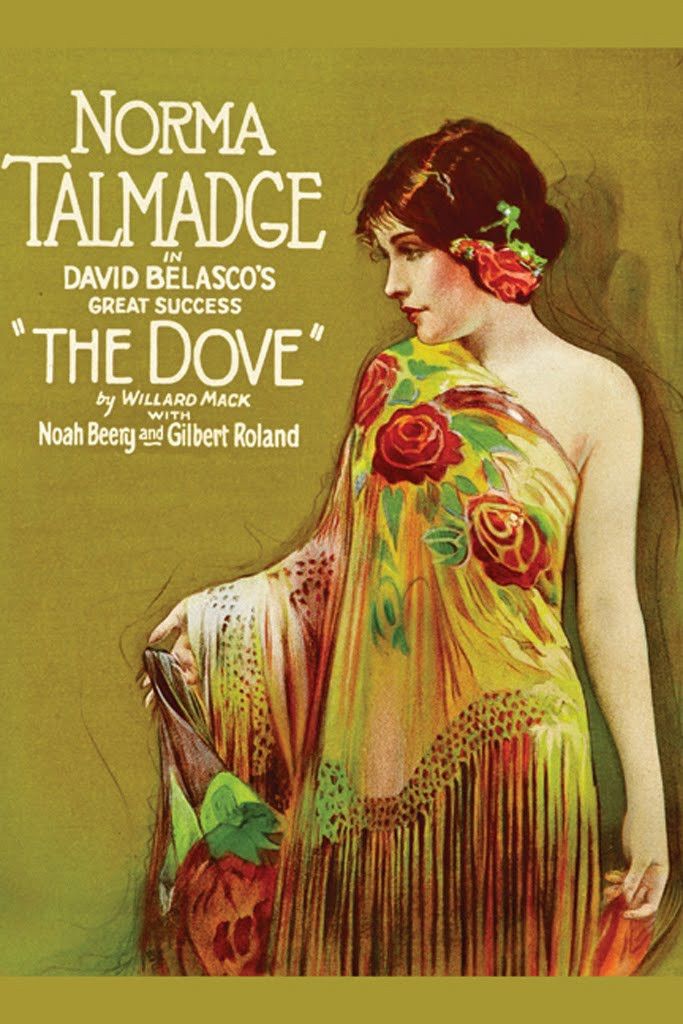
At the time of the theater’s debut, its original 4,300 seats made the Stanley the second largest theater on the East Coast, only behind New York City’s Radio City and the fourth largest theater in the country.
It features Gothic-style architecture and a large crystal chandelier from the 1880s originally constructed for New York City’s Waldorf Astoria hotel.
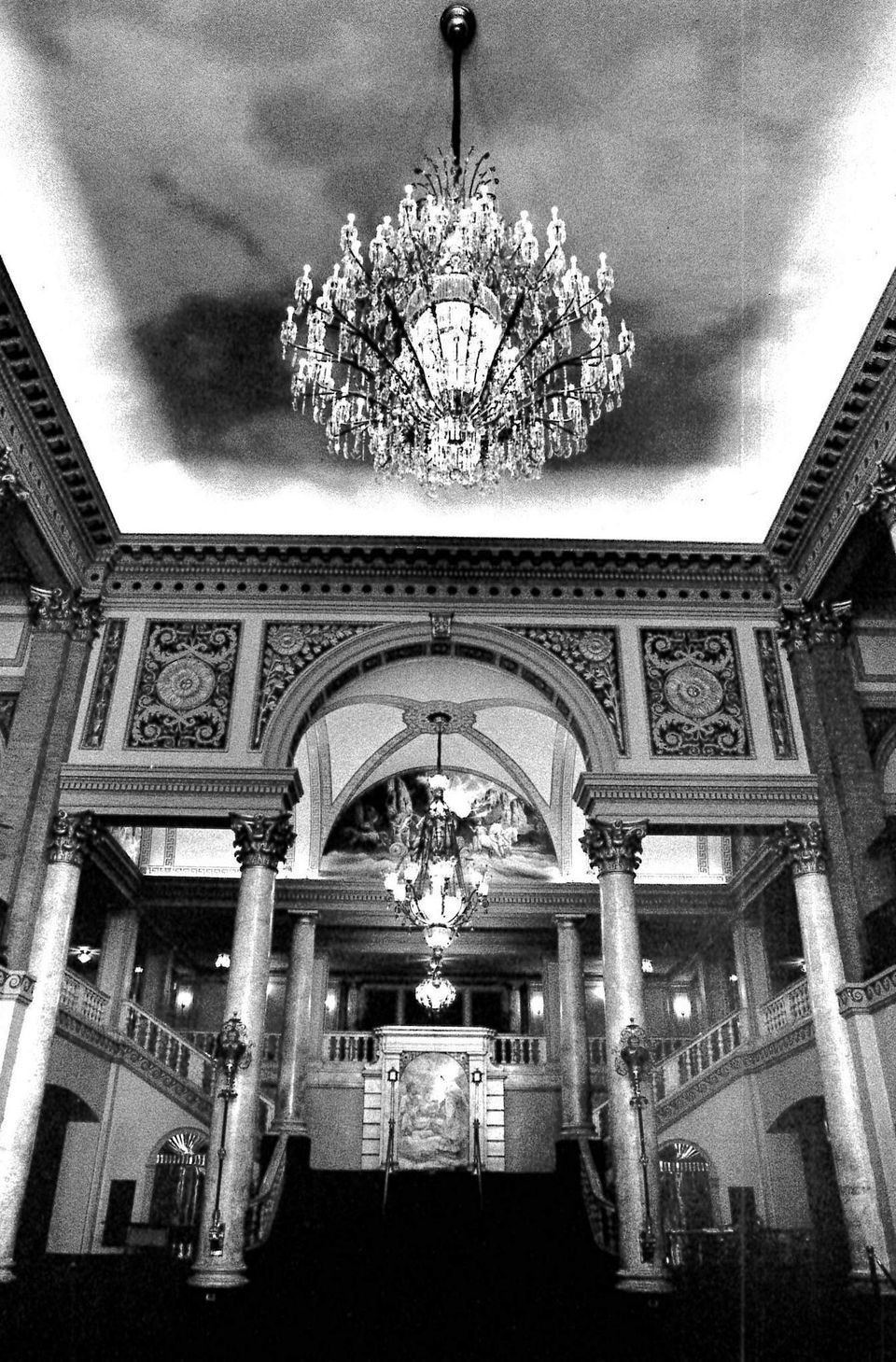
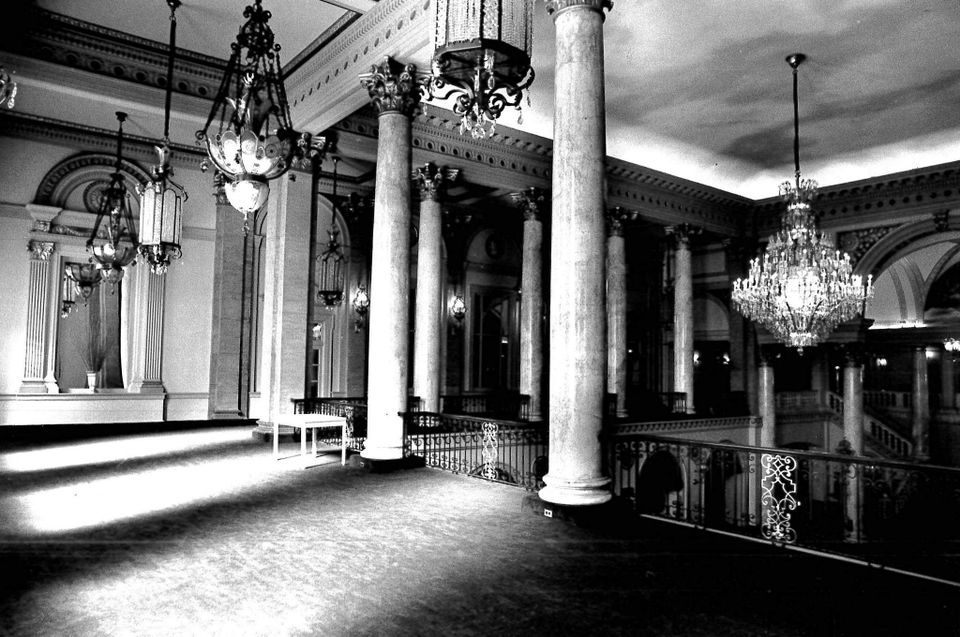
Like the Loew’s, theater attendance slowed in the 1970s and the original Wurlitzer organ was removed before it closed its doors in 1978.
It was purchased by the Water Tower Society in 1983 for $18 million. The group renovated the space and currently use it as their assembly hall for Jehovah’s Witnesses.
The Trust Building
35 Journal Square
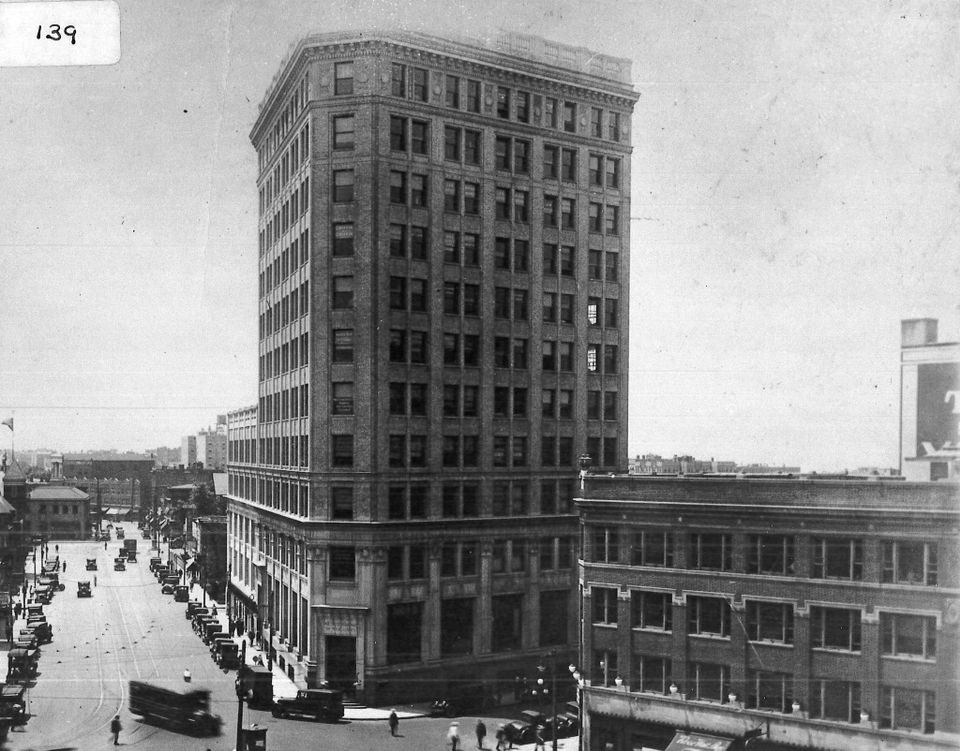
The Trust Company of Jersey City was founded by William Heppenheimer, a bigwig in the banking business (we learned about him and his house on the corner of Montgomery Street and Jersey Avenue in Let’s Explore: Van Vorst Park). He served as chairman of the bank, whose headquarters in Journal Square opened in 1928, and oversaw its expansion which continued throughout the 20th century, earning the title of the third largest independent commercial bank in 1997. In 2008, the building was purchased by Capital One who now occupies the space.
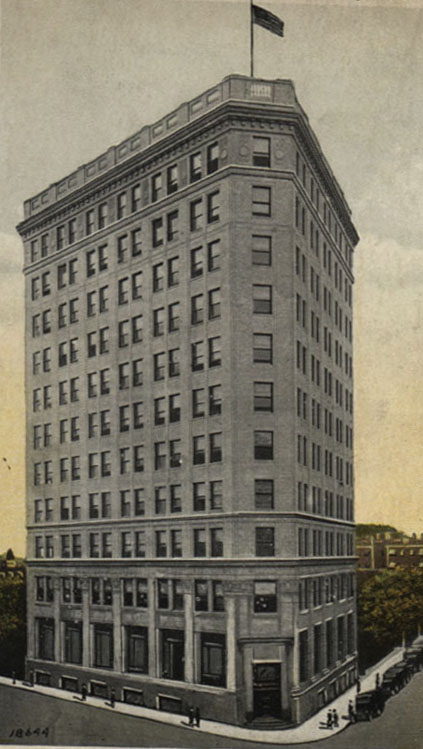

Jersey Journal Building
30 Journal Square
Built in 1921, this building was the newspaper’s fourth location in its storied history of growth in Jersey City. Originally published under the name The Evening Journal, the paper ran out of a small space at 13 Exchange Place in the 1860s and then out of 37 Montgomery Street in 1909.
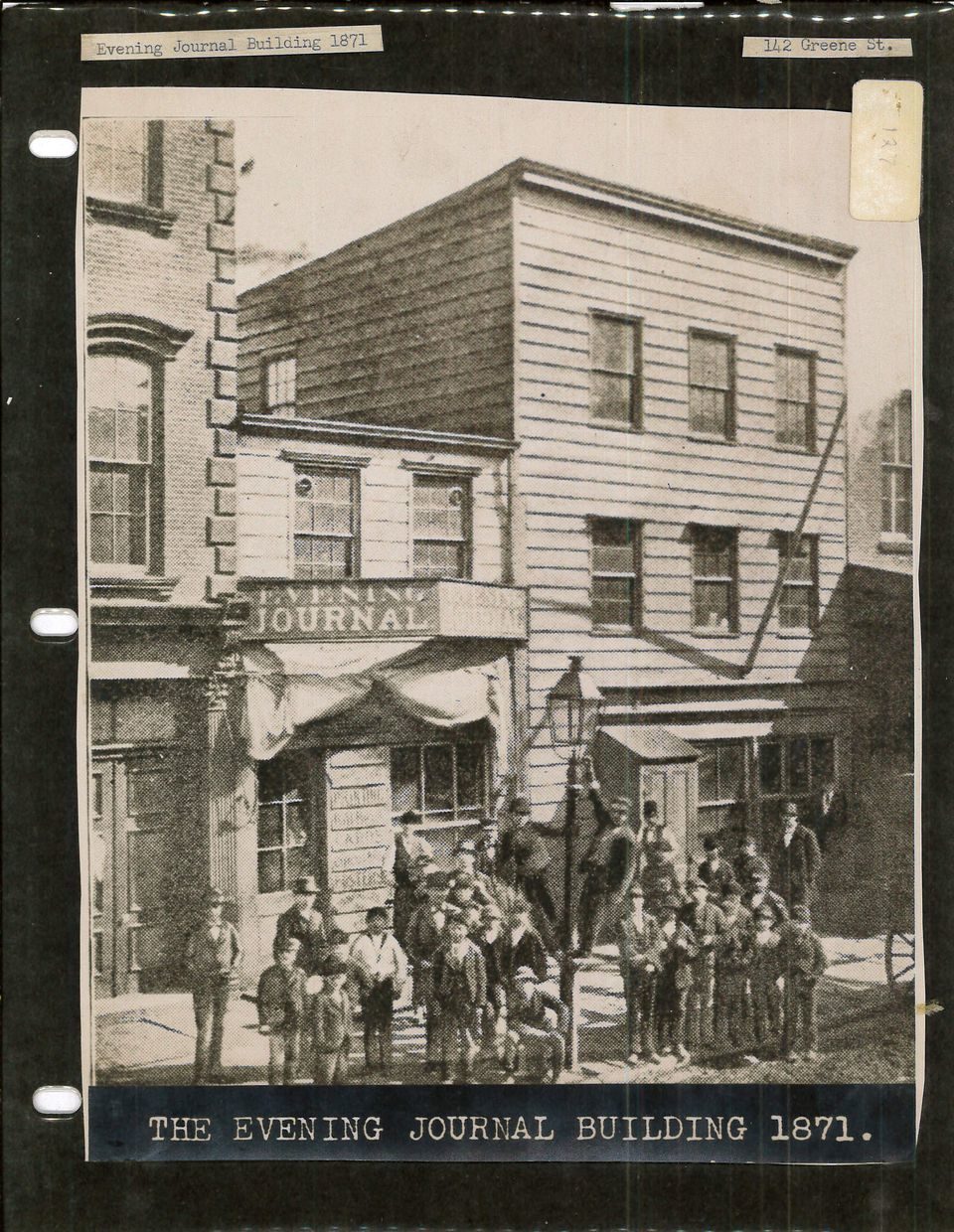
Just two years later, the paper relocated again to the corner of Bergen and Sip Avenues, but that area was cleared to make way for Journal Square’s open plaza and the paper settled into their infamous neon-signed home in 1925.
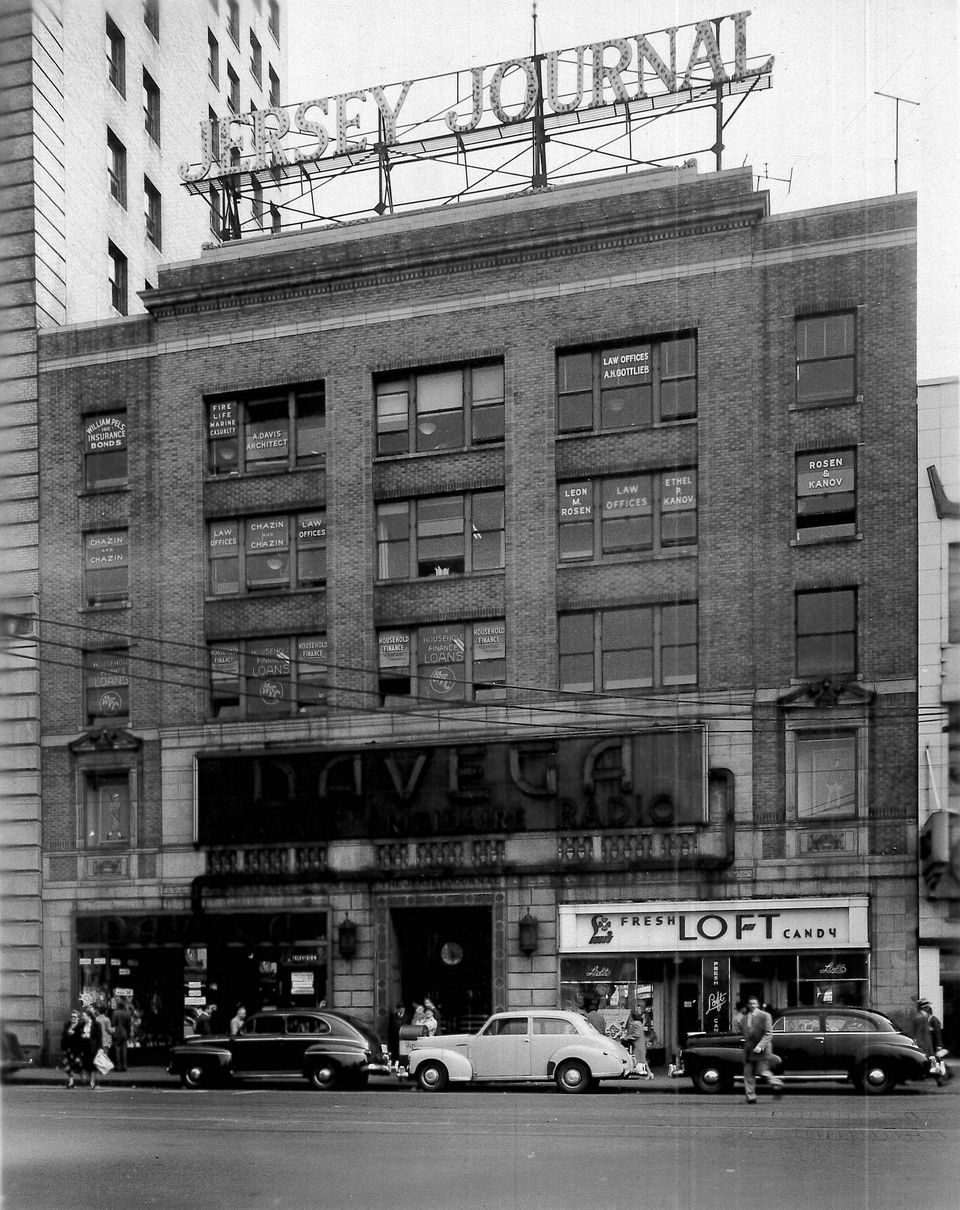

The Jersey Journal became notorious for its tough coverage of Mayor Frank Hague’s political dealings and use of public funds, referring to his supporters as “Hague Hoodlums.”
“The Hague years marked a period of entrenchment in machine politics and corruption, which to some degree still plagues us to this day,” said James.
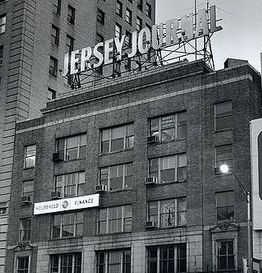
The newspaper moved out of this building in 2014 to make way for living and retail spaces, but the neon sign will remain.
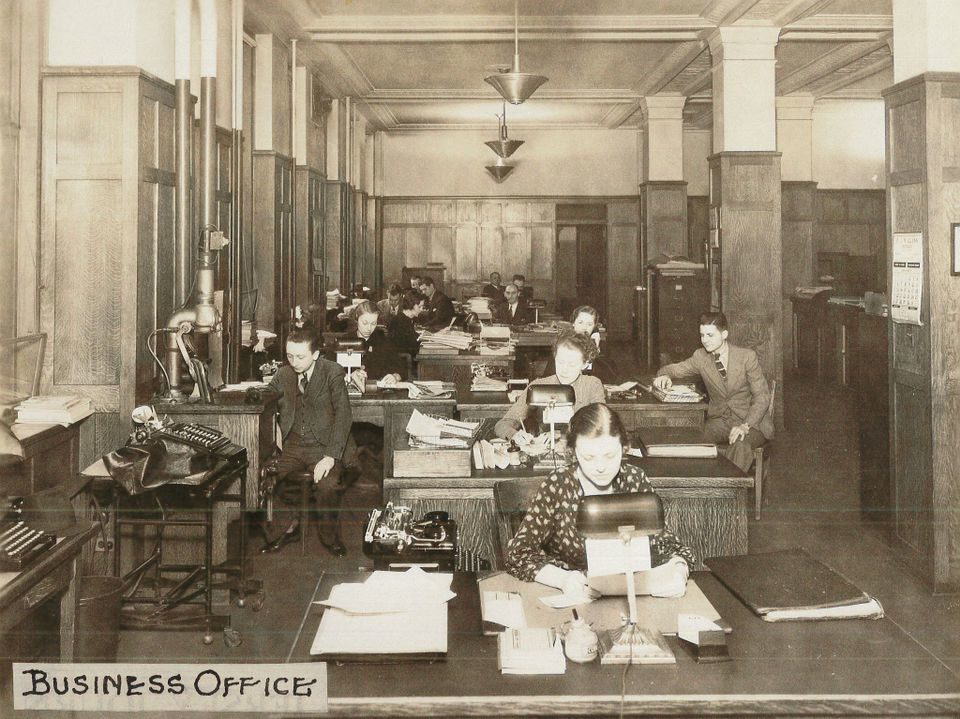

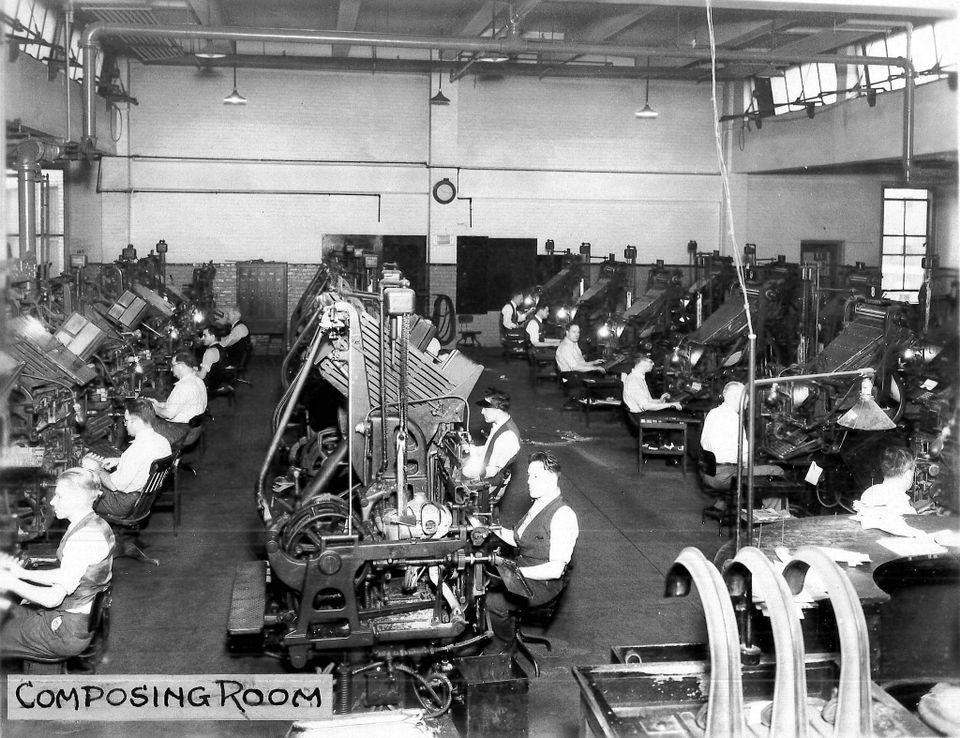
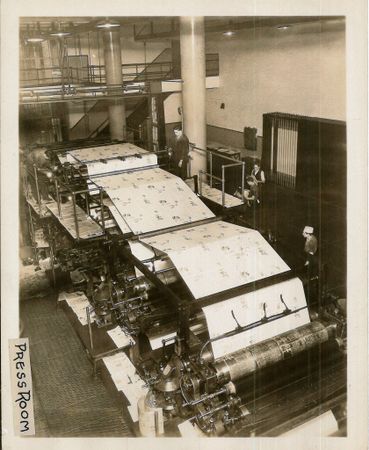

Newkirk House
510 Summit Avenue

Built in 1690, this is one of the oldest surviving structures in Jersey City. It was originally purchased by Mattheus Newkirk, a Dutch immigrant whose family bought several lots in Bergen Township. The house remained in the family for over 200 years but was converted into an orphanage by the Queens Daughters Day Nursery Association in 1899 and then to retail businesses. It was purchased in 1979 and renovated into a restaurant.
Van Wagenen Homestead (aka the Apple Tree House)
298 Academy Street
Built in two separate sections, the first portion of the house dates back to the Dutch settlers in the 1600s, when the property also housed a cider press and apple orchard (giving the house its nickname).
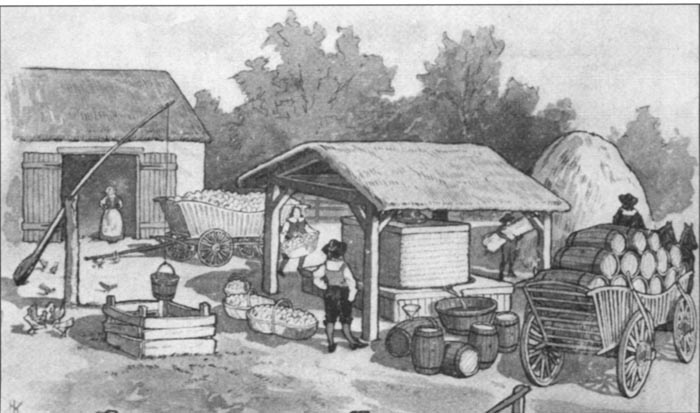
Because the house was situated on a hill, it was ideal for keeping an eye on troops on the waterfront and in Manhattan and became an unofficial headquarter for military operations during the Revolutionary War. Legend has it that this apple orchard was the meeting spot for George Washington and Marquis de Lafayette to discuss war strategy in 1779.


The house stayed within the Van Wagenen family for 259 years before they sold it to Lawrence and Mary Quinn in 1947, who ran Quinn’s Funeral Parlor out of it.
The City of Jersey City purchased the Apple Tree House in 1999 and is currently being restored.
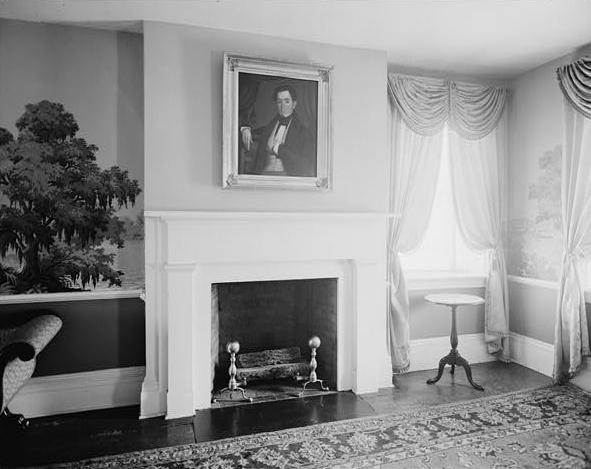

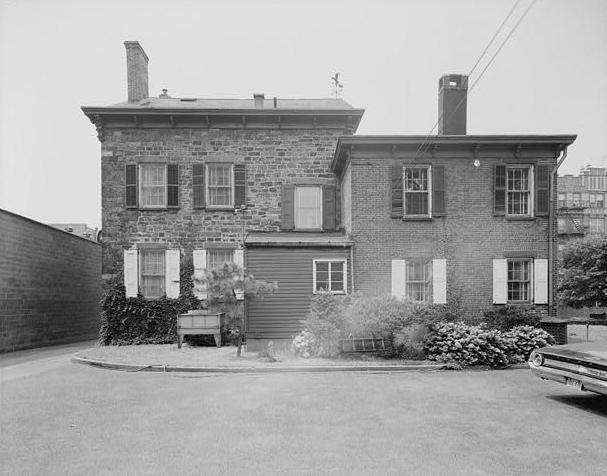
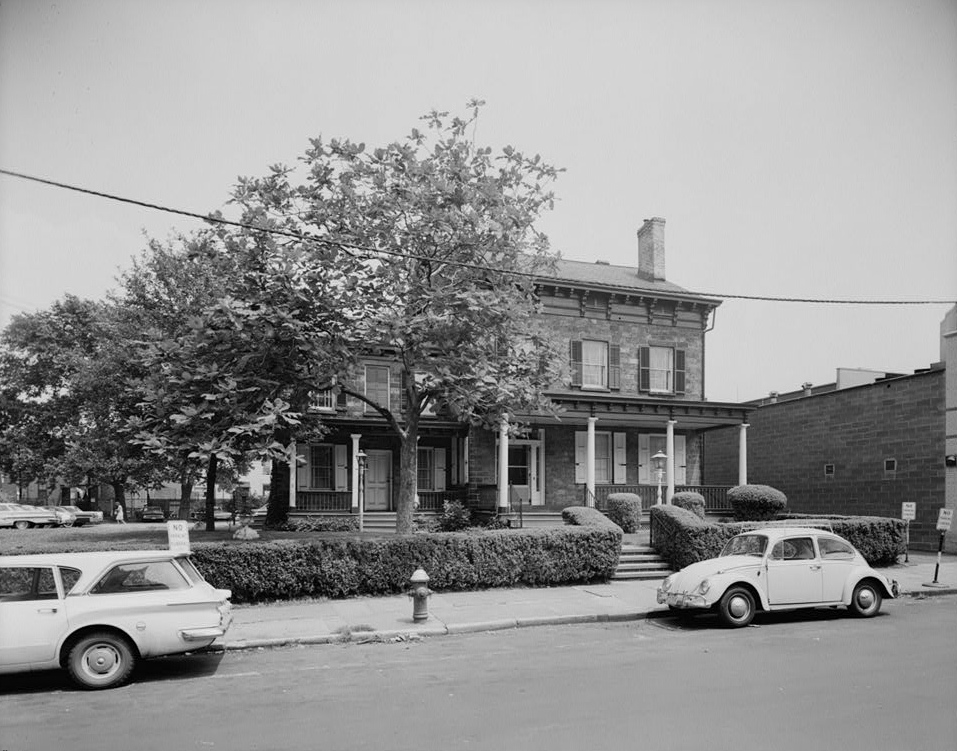
American Can Company Lofts
50 Dey Street
The American Can Company was incorporated in 1901 and the Jersey City production facility was built in 1929 outputting tin cans, milk cartons, aerosol cans, glass bottles, and beer cans. The company was a member of the Tin Can Trust that controlled the majority of tin can and tin packaging business in the United States. The factory was used until 1974 and it was converted into condos in 2007.
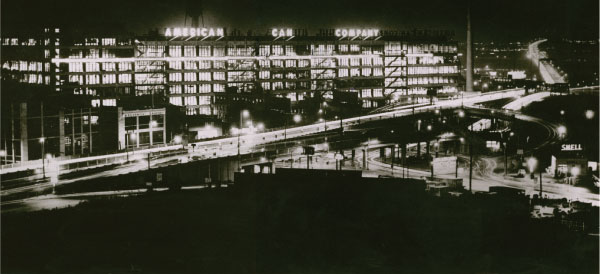

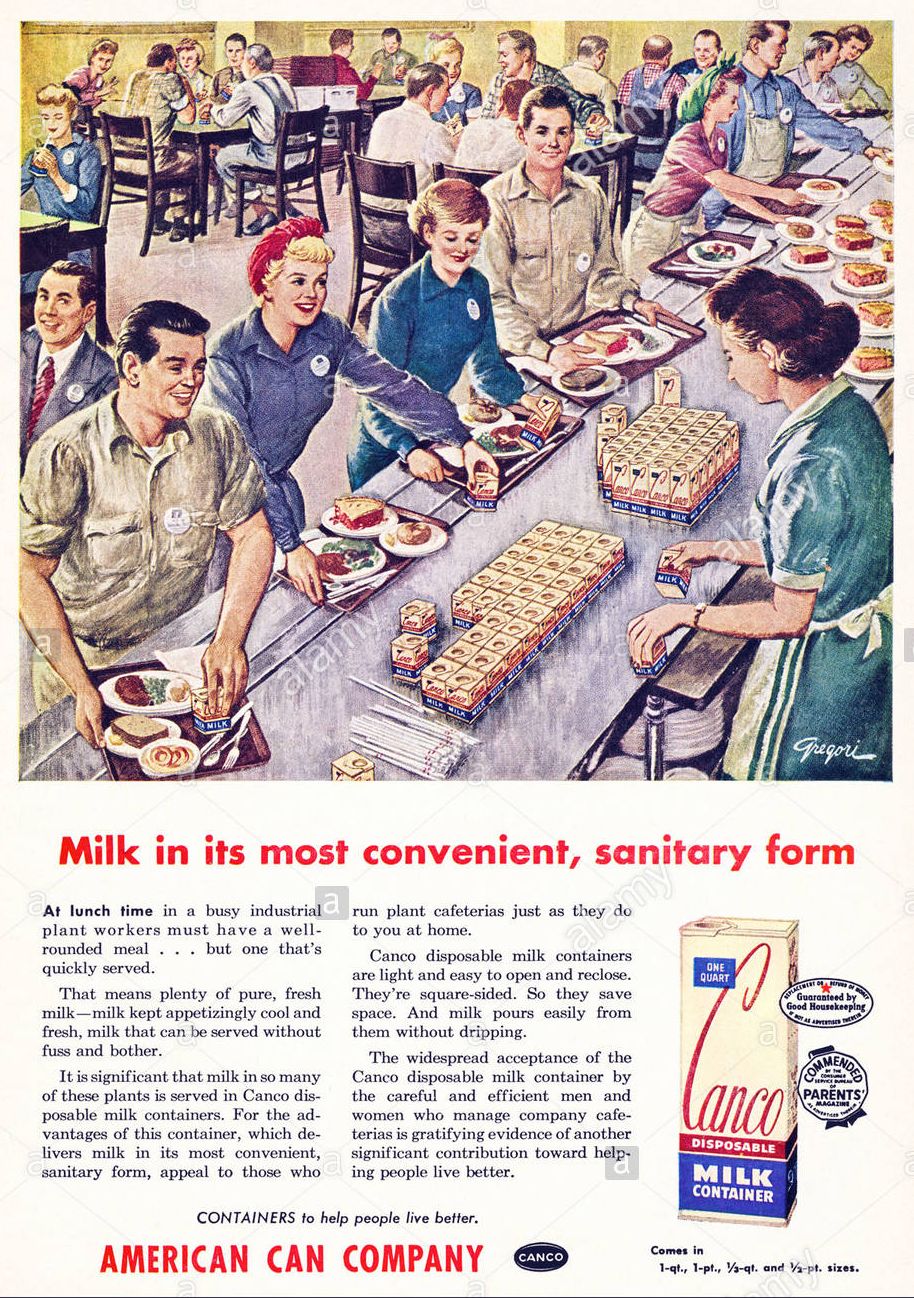


William L. Dickinson High School
2 Palisade Avenue
Originally called Jersey City High School, this institution was initiated by local teacher, principal, and Hudson County National Bank director William L. Dickinson, who struck a deal with Mayor Mark Fagen to purchase the property. The first public high school in Jersey City opened on September 6, 1906 and was considered at the time to be state of the art and was tuition-free. It was expanded in 1912.
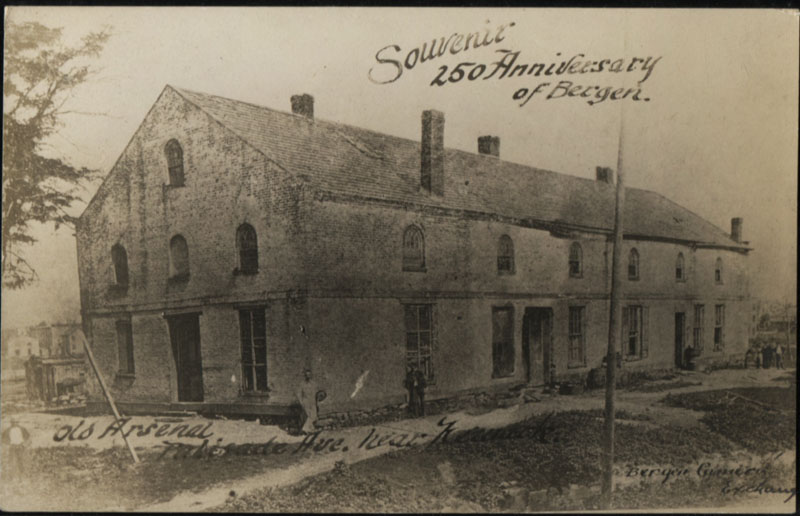
But before it was ever a high school – the land on top of the hill was considered prime real estate. It’s another spot where where George Washington and Marquis de Lafayette kept an eye on British troops moving around Paulus Hook, lower Manhattan, and the Hudson River during the Revolutionary War.
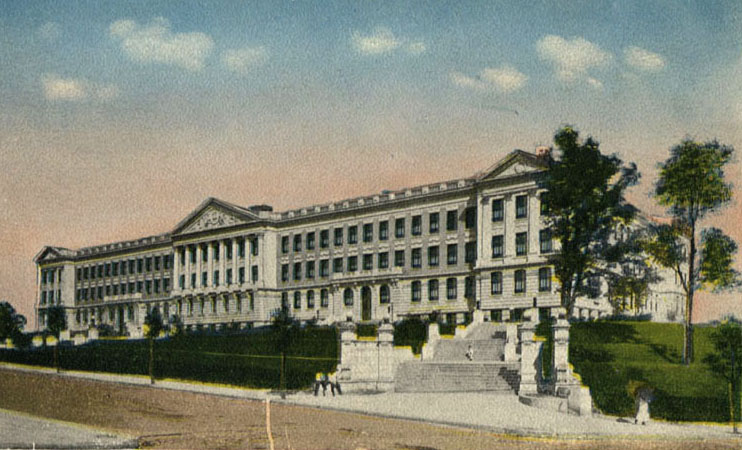
The federal government bought the land in 1804 and during the War of 1812, an arsenal was built on the west side of the lot to protect New York harbor and was used again during the Civil War as barracks and a hospital for union soldiers.
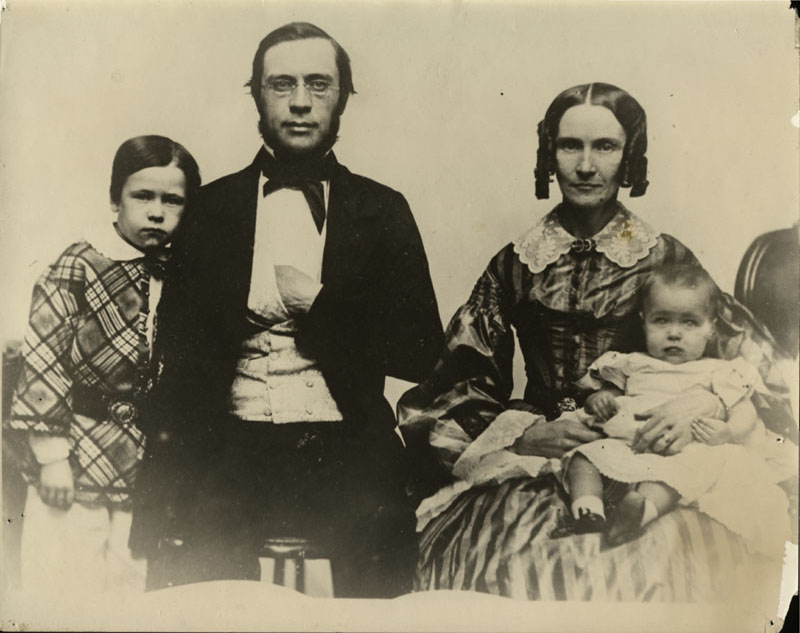
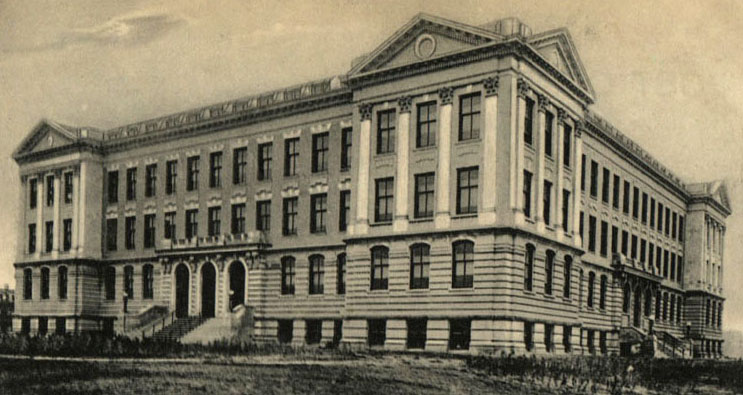
As a school, its 2,000 seat auditorium hosted major events, including a lecture by Helen Keller and political rallies for Presidents William Taft, Woodrow Wilson, and Franklin D. Roosevelt. It was renamed in 1913 after William Dickinson and was used as a training post for the army during World Wars I and II.
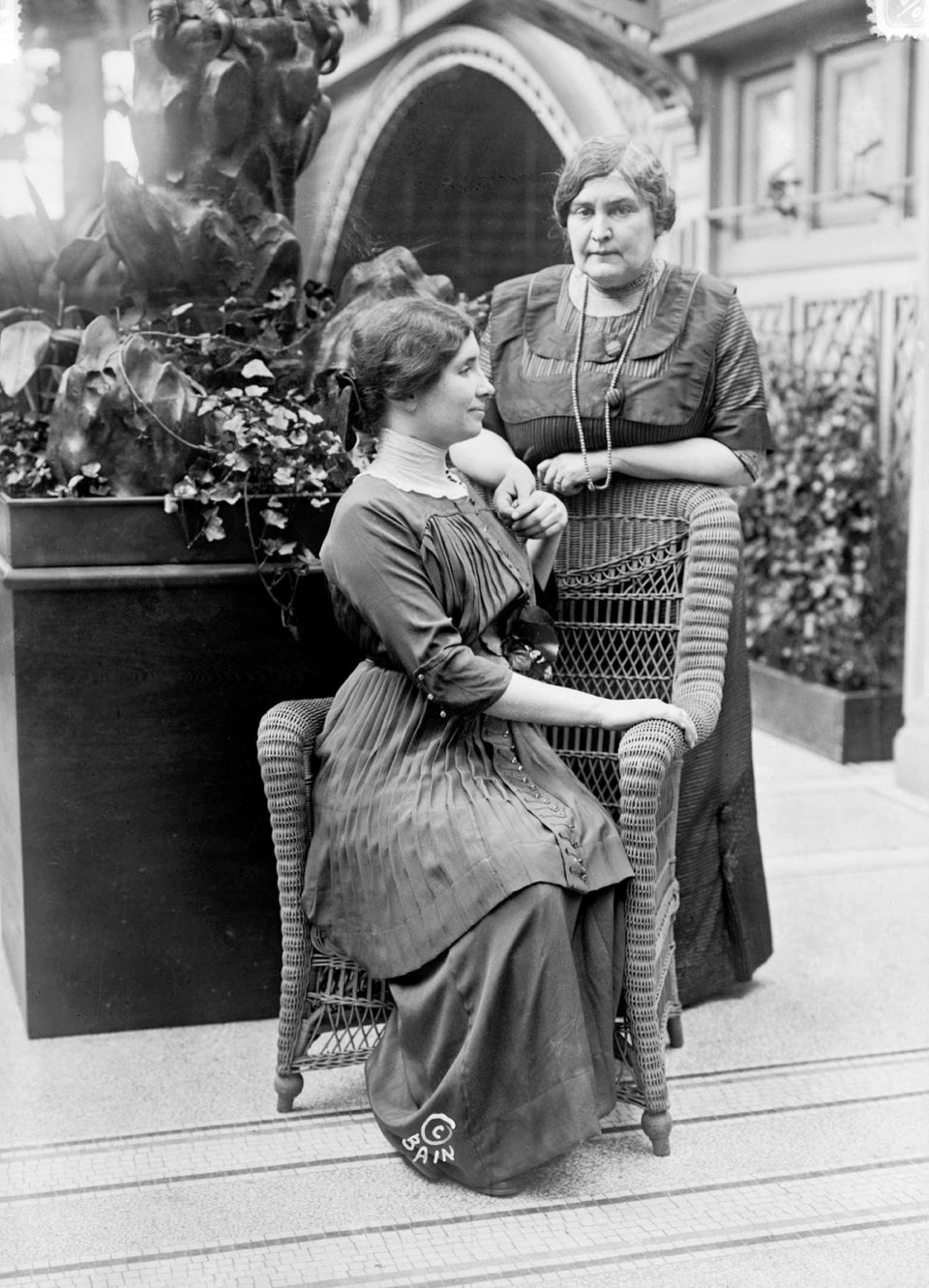
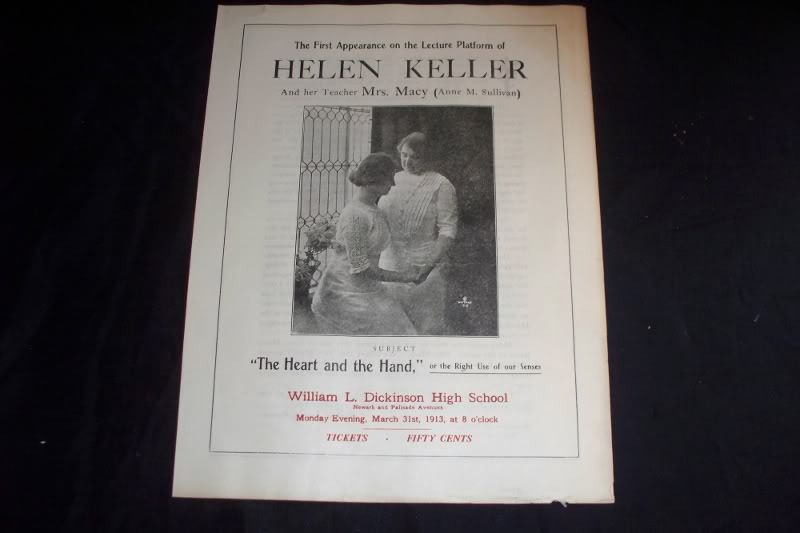
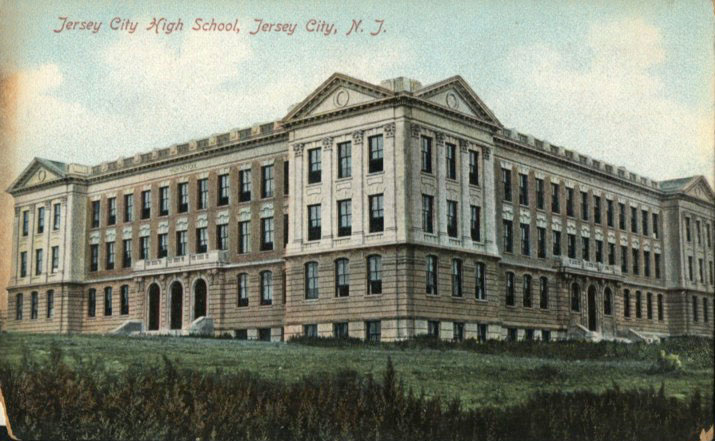
Dr. Martin Luther King, Jr. Public School / P.S. 11
886 Bergen Avenue
The oldest continuous school site in the United States and the first free school in New Jersey belongs to P.S. 11, or what was known at the time as The Columbian Academy.
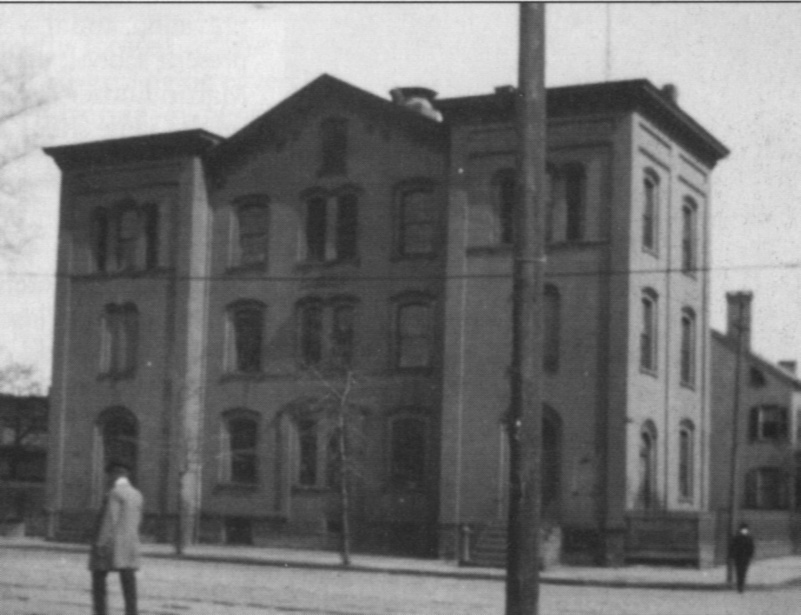
The school began sometime in the 1660s in what was probably a log cabin. Rumor has it that the building served as a school during the week and a jailhouse for the publicly intoxicated on the weekends until the cabin was replaced with a small school building. In 1790, the small school was demolished and a two-story brown stone structure named The Columbian Academy opened, until 1857 when that building was replaced with an even larger school and consolidated with the City of Bergen and Jersey City in 1870, renaming it P.S. 11.
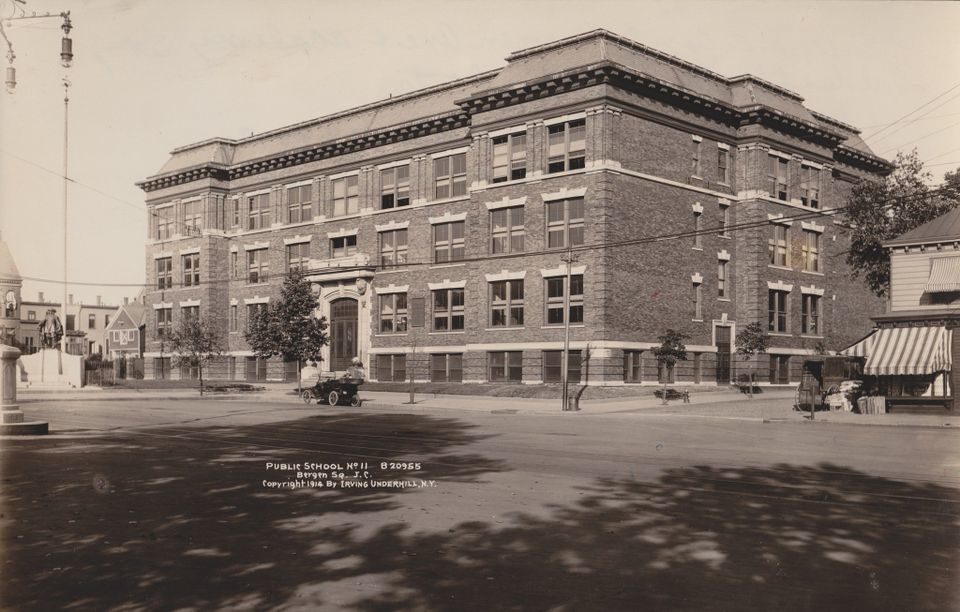
The site was knocked down and replaced yet again in 1905 to accommodate the growing student population, but that building was destroyed by a fire in 1966.
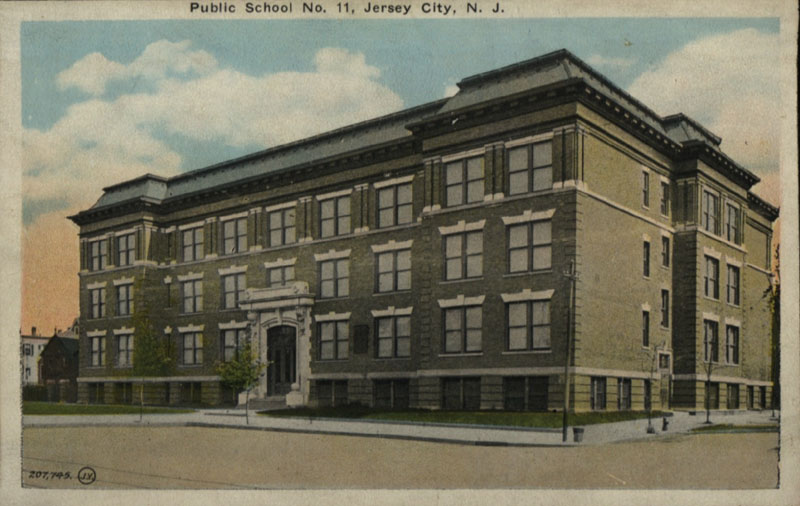
In 1910, at the 250th anniversary celebration for the founding of the village of Bergen, a statue of New Netherland settler Peter Stuyvesant was dedicated in front of the school.
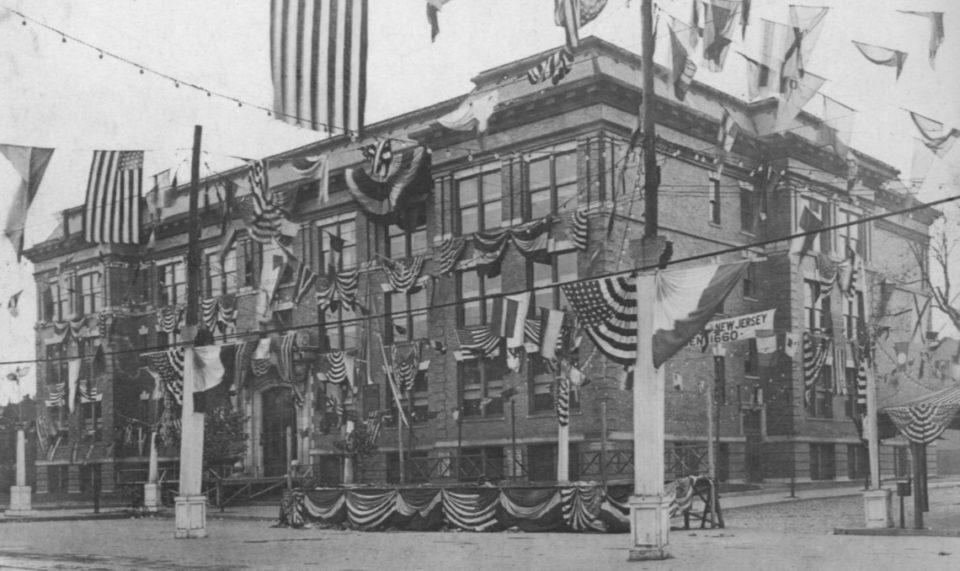
Finally, the sixth and current building was dedicated in 1969 and renamed for civil rights leader Dr. Martin Luther King, Jr.
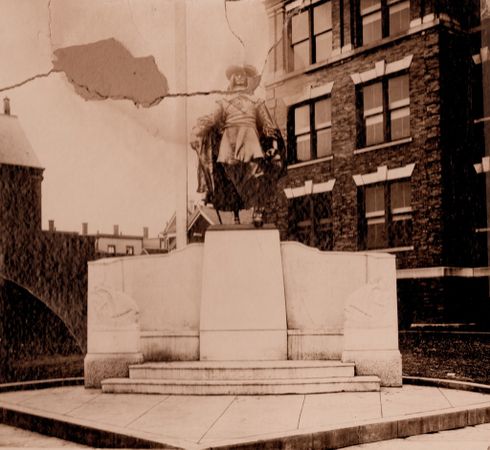
Hudson County Courthouse
583 Newark Avenue
The Hudson County Courthouse opened its doors on September 10, 1910. Designed by a Jersey City resident in a Breaux-Arts / Modern Renaissance architectural style, the building cost $3.3 million and remained at the center of the Hudson County judicial system until 1953 when a second structure was erected and the original building was closed. It was destined for demolition in the 1970s but again, local preservationists stepped in to save it. The original building was restored and reopened in 1985.
Andrea’s foundation, The Bergen Square Historical Society, is on a mission to share their unique place in American History. Be on the lookout for more from this valuable group soon.
The New JSQ Community Association was born out of a simple motto: Clean, Green, and Safe.
“We want to engage the community in what is a somewhat buried history,” said James. “It’s not just ancient and colonial history but the 19th, 20th and 21st century histories as well. Each wave of immigrants have added their own character to the Journal Square Community and we want a community that not only allows for people to get along but to provide the time and space for people to interact and have a shared voice. We also want to be involved in all the new construction taking place, the city’s mural program, getting trees planted, and leading anti-litter campaigns.”
Learn more about The New JSQ Community Association and their upcoming events including the Egyptian Festival and a history treasure hunt around Journal Square at: https://www.facebook.com/thenewjsq/
This article is awesome! For someone born and raised in Jersey City; I feel so connected with my beautiful urban town after reading this article. I want to know more! lol Kudos! 🌹
Thanks so much Arianna! I love it when these articles bring a neighborhood you thought you knew into a different light.
I would like a copy of this. I would like to pass it on to our relatives. Is it in print ? I am related to the Dutch that came her from Manhattan. They arrived in Manhattan in 1642 and lived behind a for there. Thank you.
Hi Pamela,
Thank you so much for reading and enjoying it! I can email you a PDF of the article but it wouldn’t include the pictures. If there’s any way to get the website to them, that’s the most colorful version!
Best, Laurén
Thank you for putting this together. I am sharing it with my students at County Prep High School here on Montgomery Street. I was born near Journal Square and worked in the old courthouse for many years. My grandfather worked on the Tubes, and both of my parents went to Dickinson. This article provides a great historical context for so much that touched my life. Great job.
Thank you so much, Thomas! It means so much to me that you’ve enjoyed and shared this article.
I like how you foreground local residents rather than Stuyvesant in the colonial settlement period. William H. Richardson (official city historian in the Hague era and a man of many strongly held beliefs) would approve.
Born in Jersey City. Attended William L. Dickinson. Some of these photos are excellent. I remember when Route 440 had no stores on it. When the area still had small wildlife and when the boys of the 50’s used to go into the swamp areas and smoke wild marijuana.. Always good to see what has passed on forever. And, yes, there were “Malt Shops” in those days. Great Work!, Lauren….
Ah thanks for sharing your memories James!
I’m so glad you enjoyed the piece.
Great photos and article. My mother graduated from Dickinson HS in 1947. I recall going to movies as a kid at the Loews and Stanley theaters. The star-studded ceiling of the Stanley was amazing
Wonderful compilation of J.C.J.S. history. Great photos. So much history dating from the 1600s that so few know about. My father attended P.S. 11 in the 40s. Thanks for the work that you put into this.
Would like to know more about the “bowl” property at the Square. I lived adjacent to it,at 127 Cottage St. for 26 years. My grandfather (b.1880) claimed it was once a lake, but was drained to make way for the railroasd cut. I can find no reference to it.
This was amazing, thanks so much for posting!